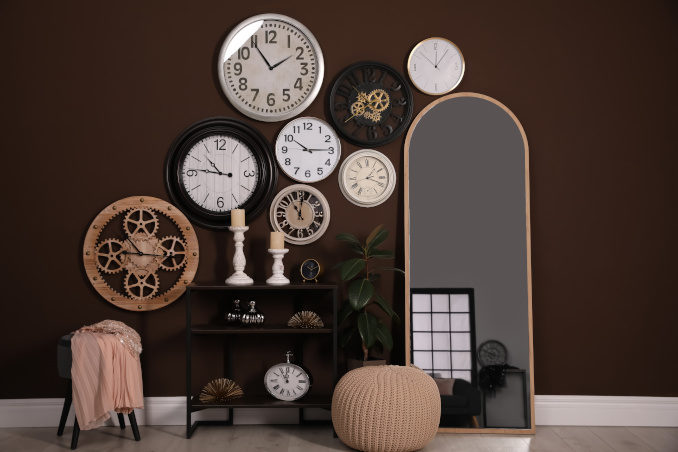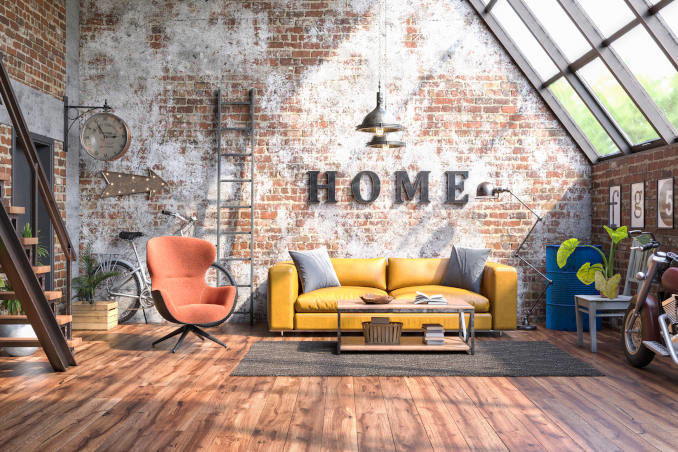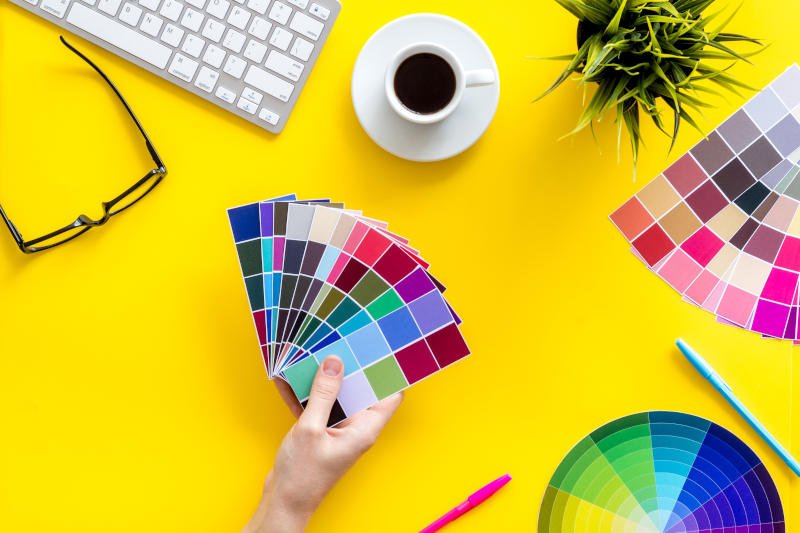
Saving Money
When it comes down to it, we all want to optimise our home renovation budgets. So how can hiring an interior design actually save you money in the long run? After all, this is a service that you pay for – so how does it become a prudent financial decision?
Experience and Resources
By employing an interior designer, you are paying for years and years of training and hands on experience and knowledge. This manifests itself in a home which very quickly takes shape. The layout is well thought out and planned, so you are unlikely to have to make changes due to mistakes made. Your interior designer understands how spaces work, and can offer bespoke and original solutions to interior design challenges such as poor natural lighting or awkward spaces.
Budget Management
Part of an interior designer’s experience is in managing a budget to get the most out of it. They know where it is important to allocate funds, and where you can get the same look for less outlay. They are there to give your project the results that stick within budget. So this means that you are actually less likely to overspend when you work with an interior designer.
Home Value
A beautifully presented home makes a great first impression on potential buyers. So it follows that when you come to sell your home, you will recoup your investment in an increased value to your home. An interior designer will ensure that important aspects of your home such as kitchens and tech infrastructure are of excellent quality. This goes beyond surface features and transient accessories.
Trade Prices
Yes, interior designers know where to source excellent quality and visually unique pieces of furniture and accessories. That is a great source of knowledge to tap into. But don’t forget that they also buy lots of them over a career! This means that they can pass on savings to their clients through trade discounts that they receive.

Save Time
This may be stating the obvious, but designing, as your interior designer’s job, takes up as much time as your job takes you. If you undertake the design for a home renovation yourself, you will need to find the time to do it on top of all the other pressures you are already juggling. Be realistic with the expectations that you put on yourself here.
Focussed Action
A home remodel project will be completed quicker if it is worked on by a team of professionals. They are not fitting in tasks when they can, but are completely focussed on the project at hand. If time is not a pressure for you, then great! But for many people balancing career and family, home design can easily drift down the to-do list. Then before you know it you have been living in a half decorated room for six months!
Set Deadlines
As a collaborator, your interior designer fully expects to work to set deadlines. This means that you know when and how your rooms will be complete. This is especially important when you are living in a home that is being redesigned. Structured deadlines and timetables of core design work limit the amount of time that you are unable to use a room. So the process is much less stressful and gruelling.

Ensure Quality
Unfortunately, you do not always get what you pay for. Quality is something which is not always reflected by a price tag. Without years of experience, it is easy to become overwhelmed by the vast choices in materials, fabrics, furnitures, fixtures and contractors out there.
Industry Knowledge
A good interior designer knows which firms and organisations offer good value. They will give you advice on whether a space really needs bespoke fittings. It may be that your lifestyle can really benefit, or there may be a supplier with whom your designer is connected who has an off the shelf product that fits your needs.
Budget Balance
Managing a budget is not about finding cheap options. It’s about knowing where money has to be spent and where some can be saved. Some materials are worth the financial outlay. High use areas like flooring and kitchen counters really need to be durable. By spending a larger proportion of budget here, you will get longer lasting use from your space.
But an interior designer, experienced in high low interior design, will balance this spending with savings in other areas such as accessories and soft furnishings. The result is a luxurious interior that stays within budget.

Fusion of Style and Function
There’s little point to having a stunning home that causes you daily lifestyle stress! If storage is hard to access or lighting is so dim it gives you a headache, then you have compromised unnecessarily. An interior designer makes sure that this does not happen!
Real Life Rooms
A finished room should look cohesive and attractive, but it should also reflect the real life and personality of the client. I believe that a home should tell the story of the people who live there. To achieve this, the design must be about lifestyle as much as aesthetic.
Perfect Imperfection
Real design beauty comes from what I term ‘perfectly imperfect interior design‘. We all know that some things can look unnervingly perfect. This comes down to a lack of character, and character is something that I strive to include in all of my design concepts.

Defining Your Interior Design Style
You probably know what interior design styles you like (and what you hate) even if you don’t know what that look is called. But how do you transfer this instinct to a real home? Defining a style can be hard, and can often lead to a confusion of elements in a room. Your interior designer is there to take all your thoughts and bring them into order.
Talking the Language
To untangle a jumble of thoughts, it helps to know the terms and language that it takes to verbalise concepts. Think of your interior designer as an interpreter. Here to help you to convey your preferences into a tangible plan.
Client Communication
Clearly, if this translation is to yield results, there must be good communication between you and your interior designer. So meet a potential designer to make sure that you feel that a relationship can be built to both of your benefits. This is really personal and is not the same for everyone.
I love homes, and I love the process of collaboration with a client to make a home really special. But it is possible to do this in a great many ways. I thrive from that personal interaction on a bespoke design project. But I also want to help people to understand design. This is why I offer my advice on a number of areas, both in person or through blogs and guides!

